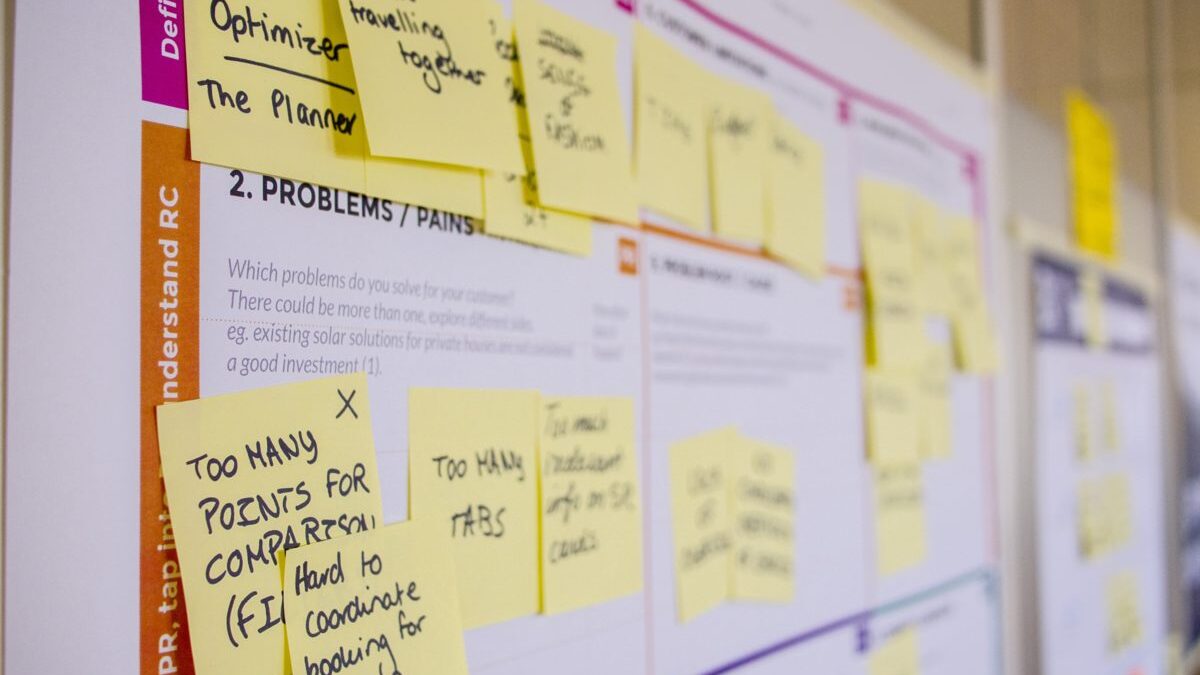We’ve all experienced the typical brainstorming session before. Someone says, “We need ideas for how to solve X.” Everyone gets in a conference room, someone asks for ideas and stands waiting at a white board with a marker. You all stare at each other, hoping someone has an idea. One person bravely offers up an idea. Another person says “Nope, too expensive,” or “We’ve tried that before. It doesn’t work.” A few more ideas get shared and shot down. Eventually, one idea surfaces that might be feasible. Everyone says, “Great, let’s do that” (because they just want the session to end). Brainstorm over.
Why do brainstorms like these rarely feel like they yield the best solutions? Three reasons (and a way to overcome each):
Challenge 1
We quickly jump at the first possible answer instead of pushing to see what else we could come up with. In order to think creatively about a challenge, we need to generate as many ideas as possible.
Solution: Push for more! Set a timer for 10 minutes, and ask your team (either individually or in pairs) to come up with 50 different ideas for whatever problem or question you are trying to solve. The obvious answers show up in numbers one through ten and then people are forced to keep going beyond that.
Challenge 2
Inherent sociological dynamics of groups are tough. The loudest voice usually wins, the junior person on the team is unsure if they have permission to share an idea, or we agree with whatever others have said. It’s not a referendum on anyone involved; it’s just how groups work.
Solution: Post-its are your best friend. One way of getting over some of these hurdles is to have everyone first write their ideas on post-it notes – one thought per note – and then put them up on the wall. Ask the group to then take a few minutes to look at what everyone has written and see what themes emerge. Begin the discussion as a group from there.
Challenge 3
Ideas end up DOA because we are filtering things out as we go. We impose our own perceptions of what is realistic or feasible midstream.
Solution: Make clear at the beginning of idea generation discussions that we aren’t going to say yes or no at that point. Everything gets written down no matter how infeasible it may seem at the outset. Set a clear expectation for when the filtering will take place. And when you get to the step of filtering, don’t cross out an idea just because it doesn’t seem feasible or realistic. If you think it is a good idea, ask how it might be able to be tweaked or altered in a way that could circumvent the obstacle you’ve identified before you cross it off.
For more insights on communication and brand strategy, industry trends and more, subscribe today to the Weekly Buzz here.
